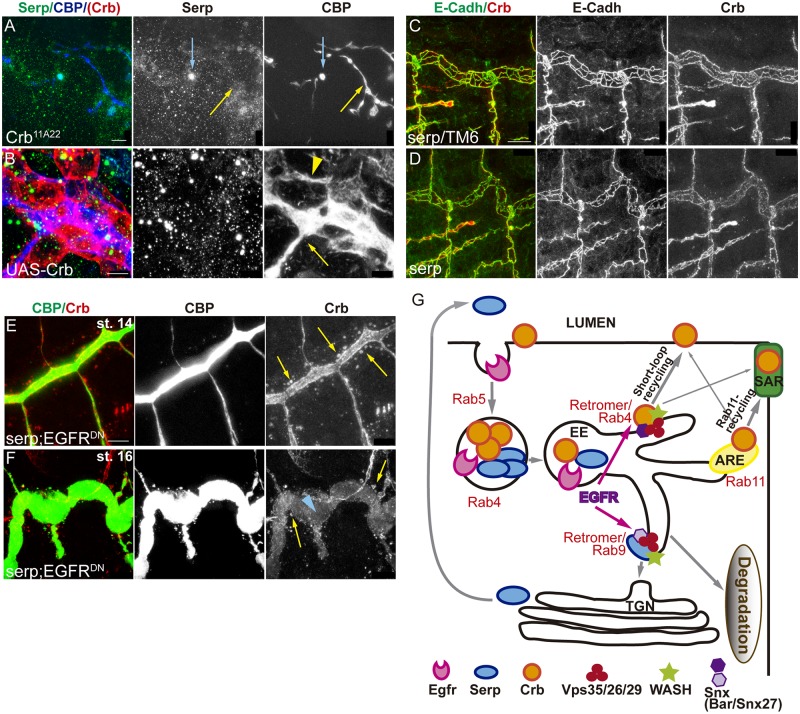Fig 7. Crb and Serp require each other for proper recycling.
(A,B) Lateral views of embryos lacking (A) or overexpressing crb (B). (A) In spite of crb absence, chitin (visualised with CBP) is deposited in the malformed lumen (yellow arrow), but Serp is only occasionally detected there (blue arrow). (B) When crb is overexpressed in trachea it accumulates around the cells, indicating apicalisation. Chitin is deposited extracellularly, in the apical (yellow arrow) and the basal surfaces (yellow arrowhead) but Serp is completely absent. Scale bar A 10 μm, B 5μm (C,D) Lateral views showing 2 tracheal metameres of stage 16 embryos stained for Crb (red, white) and E-Cadh (green, white). Note that Crb staining in the SAR is slightly compromised when serp is absent (D), compared to control (C). Scale bar C 10 μm (E,F) Lateral views showing a portion of the DT when serp is absent and EGFR is downregulated. Note the presence of large Crb vesicles (yellow arrows) at all stages and the depletion of Crb in the apical domain of late embryos (blue arrowhead). Scale bar E 7,5 μm (G) Model. Crb and Serp are endocytosed and arrive to common endosomes, sorted into different domains. A fraction of Crb and Serp internalised protein will be retrieved from the degradation pathway and will be recycled back to the membrane (Crb) or to the lumen (Serp). Serp undergoes retrograde transport using the Rab9-Retromer. Crb uses the Rab11-RE and the Rab4/Retromer routes to recycle back to the apical membrane. EGFR is required for the organisation of Serp/Crb endosomes, promoting the recycling of both cargoes to their final destination ensuring proper tube elongation.

